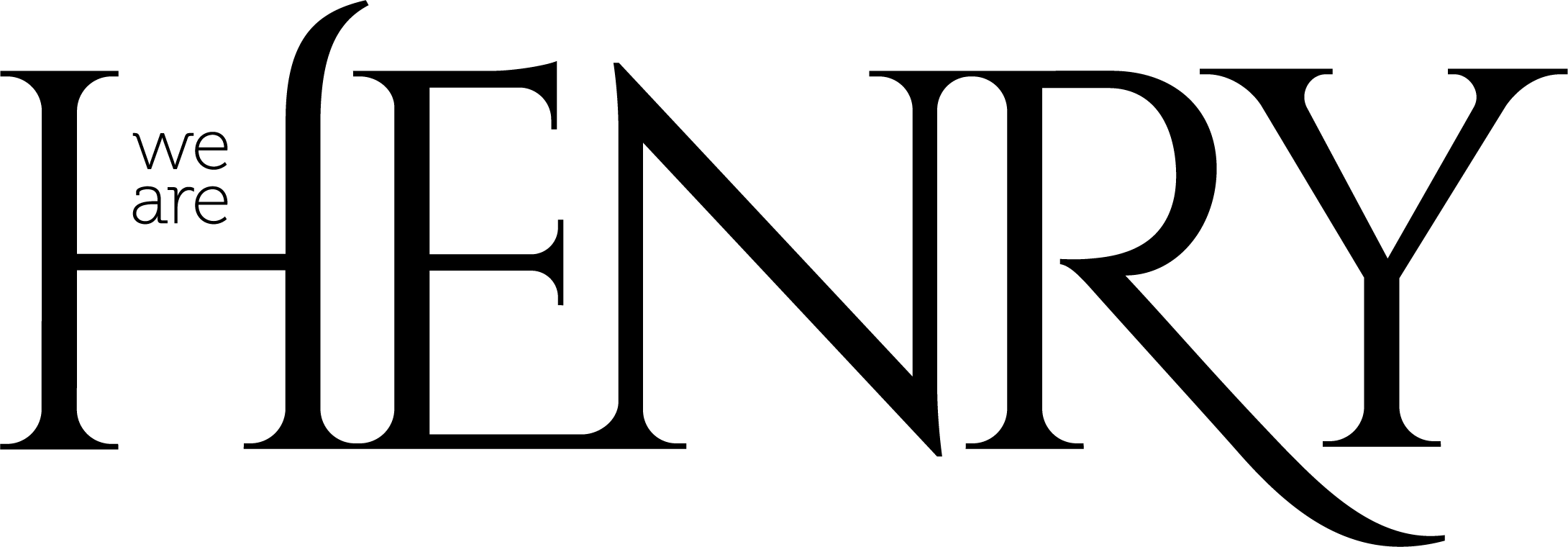What is Scoliosis?
Scoliosis is a lateral or sideways curvature of the spine greater than 10 degrees; it can make the spine look like an “s” or a “c” rather than a straight line viewed from the back. It happens to about three percent of children and can occur at any age but is often most noticeable between the ages of nine and 16, when kids are growing rapidly.
What should my child expect during a school scoliosis screening?
Scoliosis screenings are mandated in public schools across Georgia and will usually be conducted by a school nurse. The state mandates that children are screened twice between the ages of 10 and 15. Most districts in the state conduct screenings for students in the 6th and 8th grades, but it is up to the district to determine the specific grade levels that are screened. To prepare for the screening, your child should wear shoes that allow them to stand level on the ground and a shirt that is easy to remove. They may be asked to remove shoes with heels or heavy layers of clothes to expose their back. Girls will need to wear a sports bra or a swimsuit top under their shirt, and boys will remove their shirt for the screening.
During the screening, the screener will:
- Examine your child from the front, from the back and from the side.
- Observe your child’s posture: Where is the head in relation to the pelvis? Is the head centered over the spine or slightly to one side?
- Look for asymmetries: Is one shoulder or shoulder blade higher than the other? Are hips uneven? Is there more space between one arm and the torso than the other?
- Ask your child to lean forward and try to touch their toes.
What to do if my child has a positive screening?
Do not panic. There are many treatments for scoliosis especially when it is detected early, and most children will not have long-term effects.
- A letter will be sent home informing the family to schedule a follow-up with a provider.
- Your child’s primary care provider or pediatrician will order an x-ray to get a better look at the spine and will monitor to see if the curve progresses or improves over time.
How is scoliosis treated?
There is no cure for scoliosis, but most children will not have harmful long-term effects especially if it is detected early on. Treatment options may include:
- Observation – only a small percentage of children will need orthopedic intervention such as spinal bracing or spinal surgery
- Spine bracing
- Spine surgery
To learn more about scoliosis and the screening process please visit www.choa.org/spine.
Insight above provided by Dr. Michael Schmit, Chief of Orthopedics at Children’s Healthcare of Atlanta.
Disclaimer: This content is general information and is not specific medical advice. Always consult with a doctor or healthcare provider if you have any questions or concerns about the health of a child. In case of an urgent concern or emergency, call 911.

